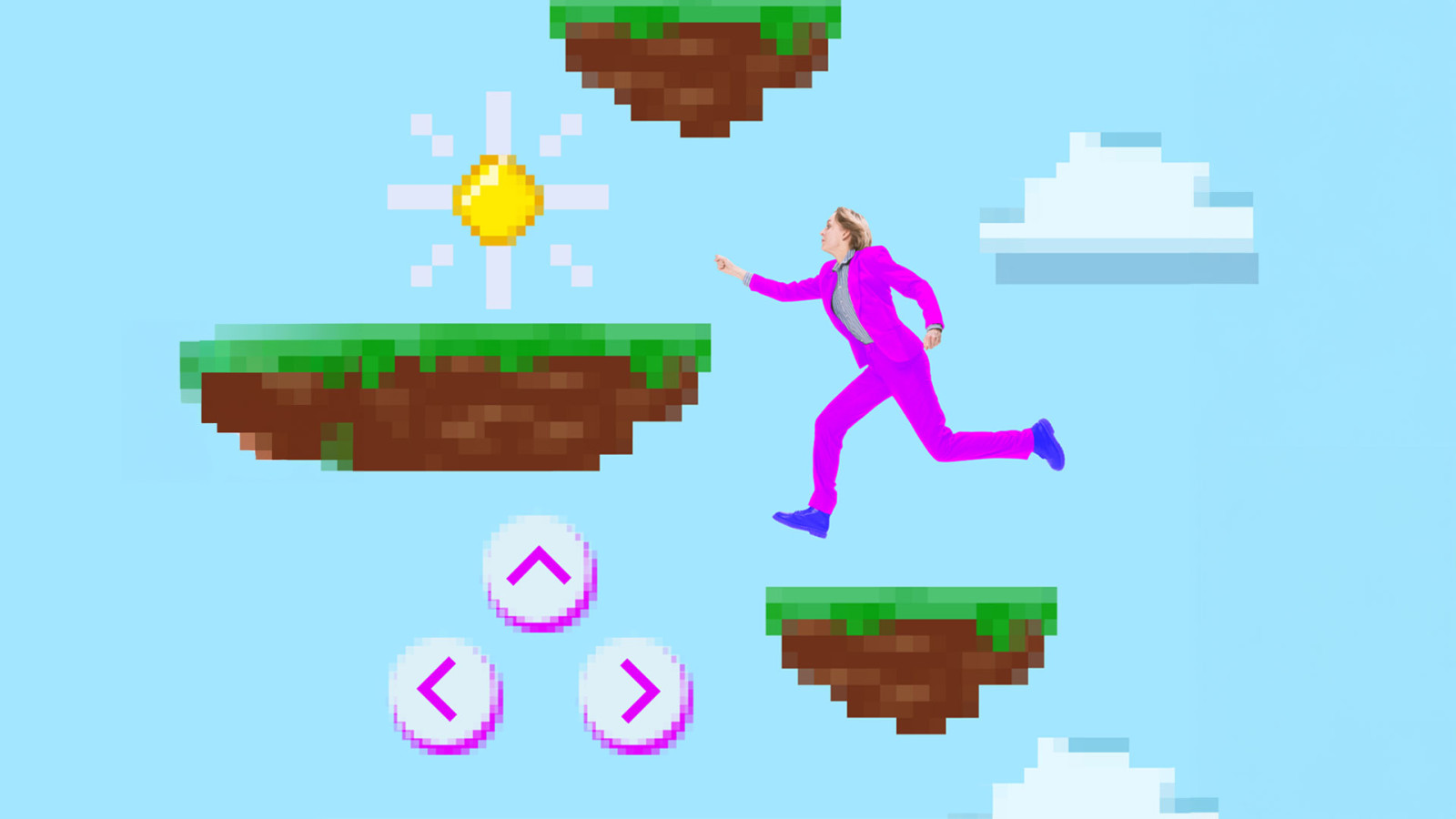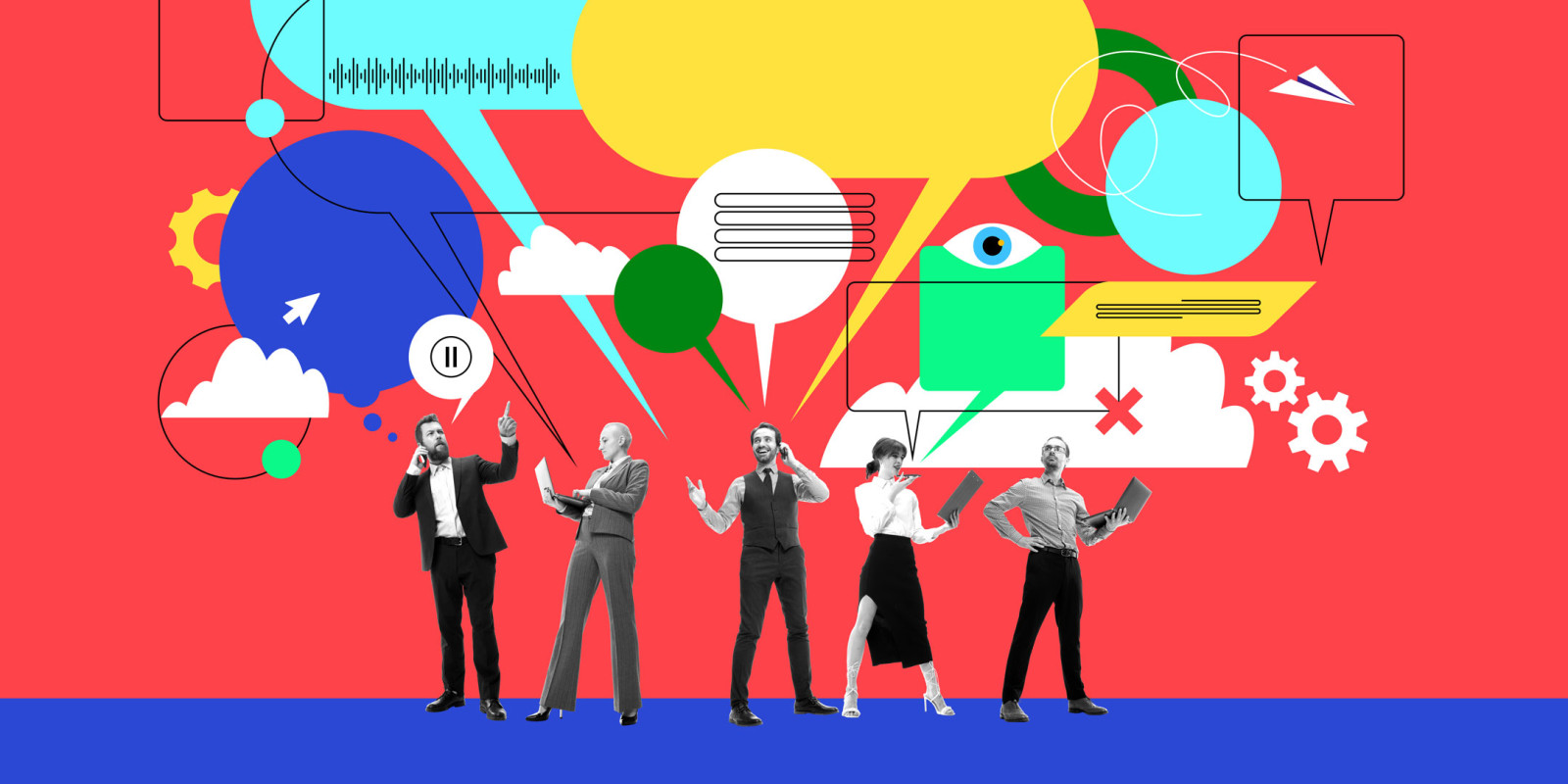Communicating your employer value proposition with gamification
Published May 31, 2024 – By Lulu Trask

Organisations that effectively deliver on their employer value proposition can decrease annual employee turnover by almost 70%, according to Gartner. One of the ways companies are increasingly achieving this is through gamification.
Before we look at how gamification effectively communicates an employer value proposition, and even supports career development, it's important to understand the difference between an employer value proposition and employer brand – two separate but related streams of a company's marketing that can often be confused with each other. Employer brand is, essentially, a promise that you make to current and future employees about being part of the organisation, while an employer value proposition (confusingly sometimes also called an employee brand proposition) is how you keep that promise. In essence, it's the detail.
Marketing an employee value proposition, also referred to as an EVP, tends to focus more on existing employees (internal marketing), whereas employer branding aims to both retain existing employees and attract new talent (internal and external marketing).
Why gamification?
If your goal is employee retention, then engaging those employees with your business, whether that's its purpose, culture or benefits, should be your primary goal. Gamification is an excellent way of doing this, as engagement is a core element of any gamification experience.
Not only that, but games tend to provide a multi-sensory experience – with visual, audible and even tangible components (such as tapping a controller or a keyboard). In addition, the ‘challenge’ element of a game, when overcome, results in endorphins being released for the player. If you can combine an employee value proposition campaign with the release of endorphins, you're onto a winner.
Not only that, but games tend to provide a multi-sensory experience – with visual, audible and even tangible components, such as tapping a controller or a keyboard.
Let's not forget that hybrid working is, in large part, the norm these days, and it's not uncommon to have fully remote employees. Gamification is a great way of providing remote workers with the same employee experience as those in the office, and harnessing a sense of community among teams.
What does gamification look like in practice?
Gamification can include anything from quizzes and puzzles to multi-level and awards-based games. Some examples of how we've supported our clients' employee value proposition through gamification are listed below.
Reminding employees of a company's purpose
Renewi, a waste-to-product business at the heart of the circular economy, needed to engage existing employees with its core purpose and use the same solution as part of the onboarding process to educate new starters. With the client, we decided to create a multi-level game, where each level let the user ‘play' a different part of the recycling process. Employee engagement and employee satisfaction increase in the business's annual employee survey, and the game won multiple awards.
Engaging employees with a product launch
British Airways wanted to engage more than 38,000 employees with the launch of its new A380, so we developed a flash game where employees could design their own aircraft. Due to outstanding employee engagement, the game won multiple awards – more than 10,000 designs were submitted and employees even lobbied to keep the game online for longer than planned.
What teams should be involved in a gamification experience?
Using gamification to communicate an employer value proposition is a marketing or branding task, however because it's related to employee retention (and in many cases employee satisfaction), we always recommend initial conversations with HR departments to ensure cross-team alignment.
As an agency we always ask the client what they're trying to achieve before we agree on a format. If we're told “we want to create a podcast” or “we want to create a game”, or response is “why? What are you trying to achieve?” – the goal should always come before the format. Having said that, gamification is an increasingly popular format for employer value proposition campaigns, so we'd always recommend approaching agencies with an in-house development service. (If an agency doesn't offer that, they won't be suggesting gamification).
Test with your current employees
The whole point of choosing gamification for a employer value proposition campaign is to drive employee engagement, so bring your employees in throughout the development process. Create testing teams, even if they're small, who can experience the game and provide valuable feedback for later iterations before launch. The last thing you want to do is decide on a game to boost employee engagement, not actually engage your employees as part of the process, and end up paying for a game that does the exact opposite.
What gets measured gets managed
You've created a brilliant game to strengthen your employee value proposition, but what next? Make sure it's doing what it's meant to.
To measure the impact of a gamification campaign on your employee value proposition, regular feedback from employees is key. Asking the same set of questions before and after a gamification campaign (or any campaign) will provide tangible data on the success of that particular marketing campaign and, crucially, in this case, sentiment about your employer value proposition. All of this will help to support or even drive your recruitment marketing and talent attraction.
Defining your employer value proposition
All of this amounts to nothing without an authentic employer value proposition and strong employer brand. Not only will these form the foundations of your gamification experience, but without these a company runs the risk of ‘brand-washing’. In other words, employees might get the sense that your desire to push an employer value proposition is more important than actually having one. Rather than engage employees, in this case the opposite will happen. So it's fundamental that both your employer brand and the way you put that into practice is not only clearly defined, but already part of the organisation's culture.
If you've realised that you don't actually have an effective or identified employer brand and compelling EVP, now might be the time to identify them. There's nothing to say, however, that gamification can't be part of this process. Employees always have an opinion on work life balance, company culture and employee benefits – something like a quiz could help you to identify employee needs. This in itself can become part of building an effective EVP centred around seeking and valuing employee input. This can then turn into not only meeting, but exceeding employee expectations.
To find out how Wardour can help with your employee value proposition, employer brand or deliver gamification for your employees, email hello@wardour.co.uk.
Related insights articles
Stay ahead of the curve
Sign up to our emails

